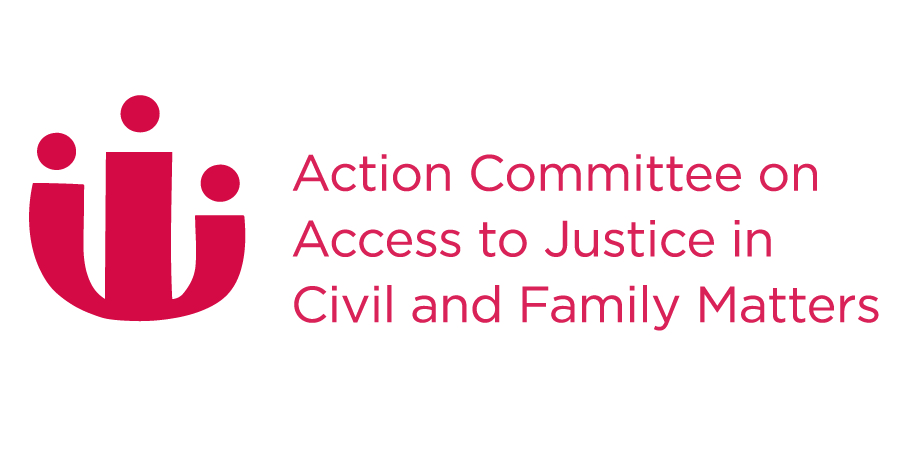Inventory of Reforms
BC Small Claims Court Mediation Program (Rule 7.2)
Year:
1998
Description:
Small Claims Court rule of court establishing a mediation program.
Status:
Permanent Implementation
Jurisdiction:
British Columbia
Court:
Small Claims Court
Body Responsible:
BC Dispute Resolution Practicum Society
Timeline:
1998: CMP established
April 2003: Practice Directive replaced by Rule 7.2
Publications:
Court Mediation ProgramExternal Link (website) (BC Attorney General, 2009). [Website]
British Columbia, Small Claims Rules, r. 7.2.External Link
Development:
The Court Mediation Program (CMP) was established in 1998. The process was initially governed by a Practice Directive, which was replaced on April 28, 2003 by the new Small Claims Rule 7.2, Mediation for Claims up to $10,000. The program is funded by Ministry of Attorney General and administered by BC Dispute Resolution Practicum Society.
Purpose:
The objective of CMP is “to enlarge the pool of qualified mediators in B.C.; to enhance access to justice; and to relieve backlog pressure on the court. Up until now, the CMP has been operating in 3 registries, Surrey, Robson Square and Nanaimo, on the authority of practice directions issued by the Office of the Chief Judge of the Provincial Court” (Website).
Description of Reforms:
CMP operates in five Small Claims registries: Nanaimo, Surrey, North Vancouver, Victoria and Robson Square, Vancouver (but only in respect of a disputed claim for which the notice of claim that started the proceeding was filed at Robson Square before November 26, 2007).
Referrals
Under the Practice Direction that preceded the Rule, referrals to the CMP came from four sources:
- voluntary election by the parties;
- referral by a judge at a settlement conference;
- mandatory referral of all construction cases; and
- mandatory referral by date of reply.
Referrals to mediation differ by each registry but there is an overall referral rate of 25% of the total caseload from the CMP registries.
Outcomes
Preliminary numbers from a UBC study show that settlement rates for the four registries for mandatory mediations are 56%. For voluntary mediations settlement rates are 67%. Average satisfaction with the conduct of the mediation is 4.32 on a 5 point scale; 91% of participants indicate that they would use mediation again.
Small Claims Rule 7.2
On April 28, 2003, a new Small Claims Rule replaced the practice direction, bringing greater clarity to the mediation process. It will also help integrate mediation with the work of the Court and the Registry.
The new rule reflects many aspects of the practice direction which has been in place since the inception of the Program. However, there are some significant additions to the rule. These include provisions setting out the consequences of not attending a mediation, as well as enforcement and confidentiality provisions…
[T]he mediation rule applies to the following disputed claims:
- Claims that fall within a class of cases described in Schedule D – Schedule D currently includes construction cases and a specified number of cases from each registry by date of reply.
- Claims referred to mediation from a settlement conference, with the consent of the parties.
- Claims for which a Notice to Mediate has been filed with the registry.
Schedule E describes classes of cases to which the rule does not apply and includes claims arising from a motor vehicle accident.
When a case is referred to mediation, the mediation coordinator will send a Notice of Mediation Session to each of the parties. Parties may apply to a judge for an exemption from the requirement to attend the mediation. The consequences of not attending a mediation session are similar to those for not attending a settlement conference.
When parties reach full or partial agreement, they must file an agreement form. The agreements are drafted by the mediators and signed by the parties at the mediation. If the parties do not reach agreement on all issues, the registry sets a date for settlement conference. The Rule includes enforcement mechanisms.
Website
Revision History:
This summary was last reviewed in Oct 24, 2013



